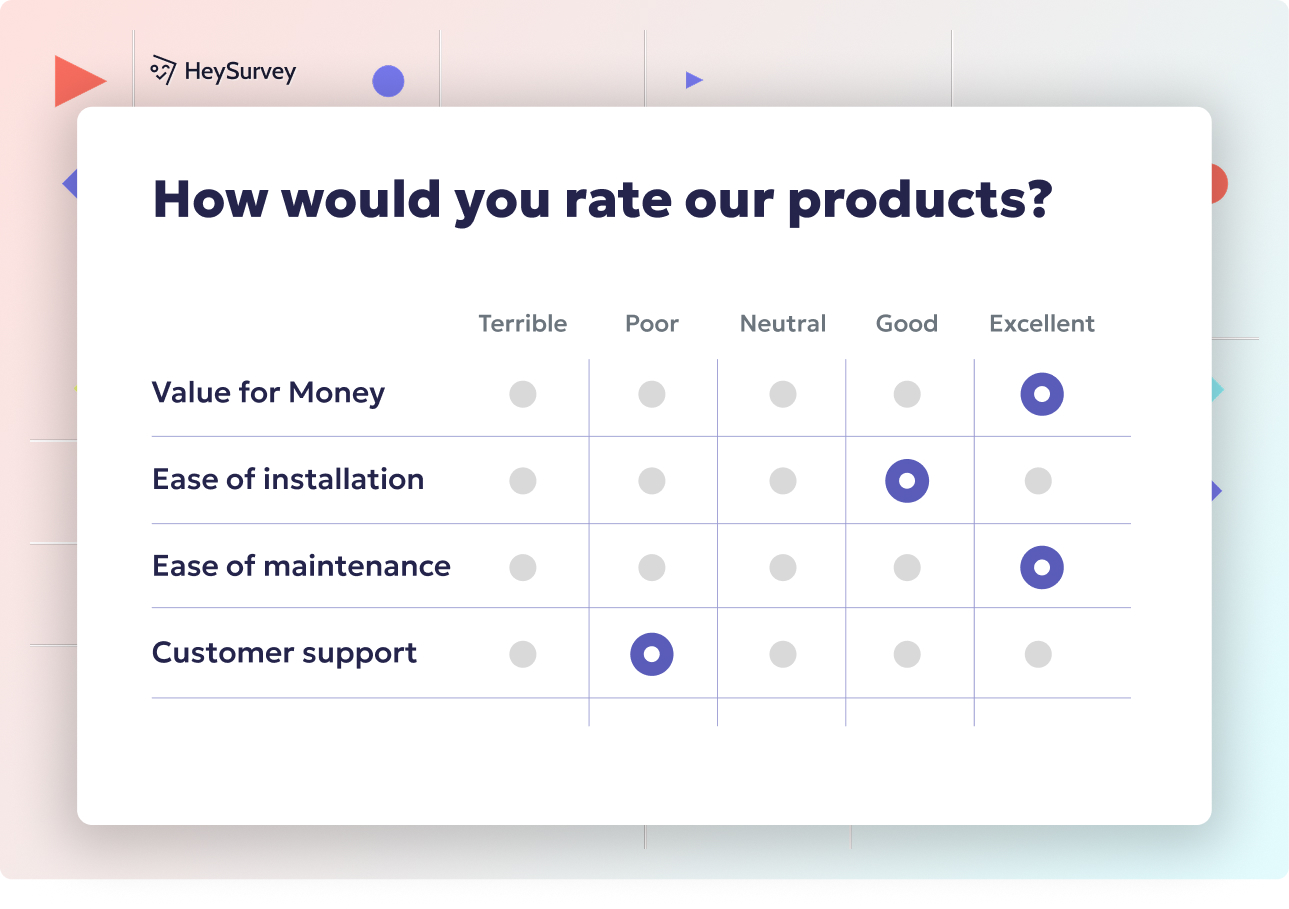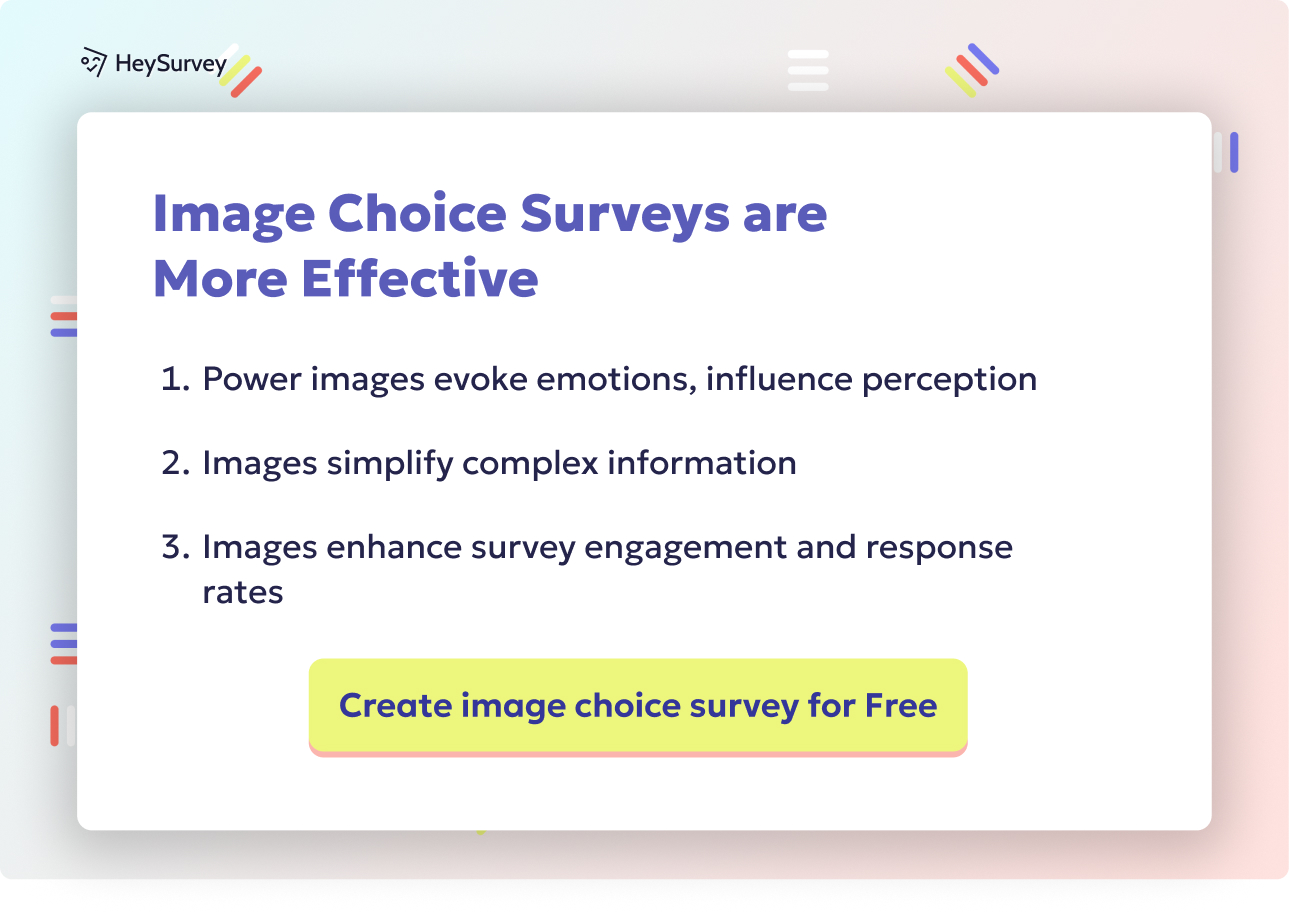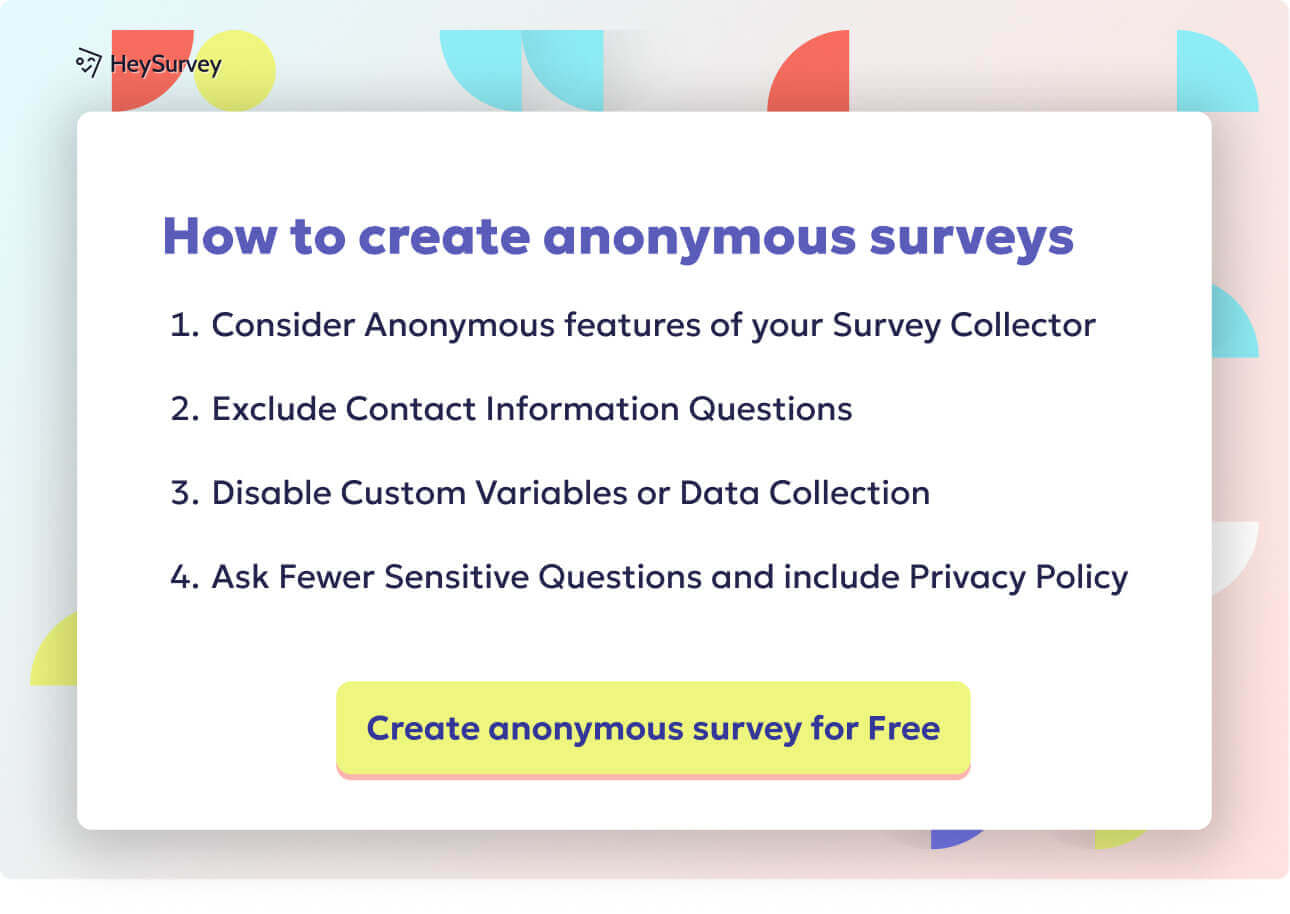25 Provider Satisfaction Survey Questions to Boost Morale
Discover 25 provider satisfaction survey questions and tips to boost morale, streamline workflows, and foster happier healthcare teams.
Provider Satisfaction Survey Questions template
Healthcare providers are the heartbeat of any medical practice. Accurate feedback from them can be the difference between stagnation and improvement. By listening carefully to providers, organizations can finetune everything from scheduling to resource allocation.
Surveys are the best way to gather measurable, honest opinions that lead to real solutions. Meaningful engagement can foster a culture where staff feel free to speak their minds. This article explores the variety of provider satisfaction surveys that can help healthcare teams thrive.
Overall Provider Satisfaction Surveys
Why and When to Use This Type of Survey
These surveys capture the broad sentiments of providers about their roles, leadership, and working conditions. Far-reaching insights from them can act as a barometer for keeping morale in check. Launch them periodically—like annually or biannually—so you can track shifts in attitude over time and respond proactively.
A 2021 study concluded that 65% of healthcare providers reported higher retention when satisfaction surveys were conducted at least once a year. Source
Sample Questions
- How would you rate your overall satisfaction with your current role?
- Do you feel the organization values your contributions?
- How often do you receive constructive feedback on your performance?
- Are you satisfied with the current support from administrative staff?
- Would you recommend this healthcare facility as a good place to work?
Collect these answers and look closely at the trends. Data-driven planning then follows, showing providers that their opinions lead to tangible improvements.
You can also segment responses by department or provider type to spot differences that might otherwise go unnoticed. Targeted interventions can boost morale faster when you know exactly which groups need the most support. Sharing results helps everyone feel involved and keeps the conversation open and transparent.

Communication and Collaboration Surveys
Why and When to Use This Type of Survey
These surveys uncover how well providers work and communicate across different teams or departments. Open dialogue is essential for reducing mistakes, saving time, and ensuring patients receive consistent care. Roll them out when new communication channels are introduced or if misunderstandings seem rampant.
Sample Questions
- How effectively do team members share patient information?
- Do you feel comfortable asking for assistance from colleagues?
- How would you rate communication between providers and administration?
- Are feedback channels clear and accessible?
- What improvements could enhance collaboration in patient care?
Review the feedback to identify bottlenecks in the communication flow. Rapid adjustments can be made, like clarifying staff roles or introducing new digital tools for team updates. When everyone knows who to contact and how to do it, provider satisfaction naturally climbs.
Create your survey, it's 100% free
Step 1: Create a New Survey
Click “New Survey” on the HeySurvey homepage.
You can start from an empty sheet or choose a pre-built provider satisfaction template.
If you see a “Use Template” button below these instructions, click it to jumpstart your survey with a ready-made setup.
Step 2: Add Questions
Open the Survey Editor and use “Add Question” to include provider satisfaction questions.
Select from text, choice, scale, or other question types that match the feedback you want to collect.
Arrange the questions in the order that makes the most sense for your survey.
Step 3: Publish Your Survey
After previewing and finalizing your questions, select “Publish” to make your survey live.
You’ll get a direct link to share with respondents right away.
Note: You’ll need a HeySurvey account to store and view responses.
Bonus Steps
• Apply Branding: Add your logo, choose colors, or tweak fonts in the Designer Sidebar.
• Define Settings: Set a start/end date, cap the number of responses, or specify a redirect URL after completion.
• Skip into Branches: Use branching to create different question paths based on earlier responses for a more personalized survey experience.
When you’re ready, just click the button below to open your provider satisfaction survey template and get started. Have fun creating!
Work Environment and Culture Surveys
Why and When to Use This Type of Survey
These surveys shine a spotlight on inclusivity, respect, and organizational values. Positive culture is more than a buzzword: it’s the lifeblood of supportive teamwork. Launch these surveys when fresh policies might affect day-to-day dynamics or when you suspect providers feel overlooked.
A 2020 report showed that 72% of providers who rated their workplace culture as “supportive” also reported increased loyalty to their organization. Source
Sample Questions
- Do you feel a sense of belonging within the organization?
- How respectful are interactions among different roles/departments?
- Are organizational values and mission clearly communicated?
- How effectively do leaders promote a positive culture?
- Do you feel comfortable raising workplace concerns?
Act on survey findings by crafting workshops, creating diversity committees, or acknowledging staff achievements more frequently. Meaningful recognition can help reduce turnover and fuel a deeper connection to the organization. Sharing even small culture improvements shows providers that their voices matter.
Administrative and Operational Efficiency Surveys
Why and When to Use This Type of Survey
These surveys examine processes behind the scenes, like documentation and scheduling, that can heavily impact provider satisfaction. Streamlined workflow allows clinicians to dedicate more time to patient care instead of wrestling with inefficient procedures. Release them when new administrative policies go live or if you sense mounting frustrations in daily tasks.
Sample Questions
- How efficient are our appointment scheduling processes?
- Is documentation streamlined and user-friendly?
- How would you rate the responsiveness of administrative teams?
- Are there any inefficiencies that hinder patient care?
- How might we improve administrative processes?
Dive into the data to identify the most pressing operational pain points. Immediate fixes for obvious snags build trust quickly, while longer-term solutions can be mapped out once you know the full scope of any issues. Engaging providers in improving workflows boosts morale and ownership of the process.

Compensation and Benefits Surveys
Why and When to Use This Type of Survey
These surveys assess perceptions of pay scales, insurance packages, and other perks. Fair compensation stands out as a primary reason providers stay committed to their workplaces. Distribute them during compensation reviews or prior to major contract renewals.
Sample Questions
- How fair is your current compensation relative to market standards?
- Are you satisfied with the benefits package offered?
- How flexible is your paid time off policy?
- Do you feel your compensation reflects your workload and responsibilities?
- What additional benefits would you like to see?
Study the results to see which benefits garner the most praise or spark the loudest complaints. Tailored packages that address emerging preferences—like flexible scheduling or expanded wellness options—show a forward-thinking organization. Communicating that feedback was heard and integrated cements faith in leadership.
Career Development and Educational Support Surveys
Why and When to Use This Type of Survey
Providers, like all professionals, yearn to grow and stay current in their field. Ongoing education ensures they deliver top-notch care. These surveys are timely when you’re planning new training sessions, launching mentorship programs, or refreshing career pathways.
Sample Questions
- Do you have access to the professional development resources you need?
- How satisfied are you with opportunities for career advancement?
- Are mentorship relationships readily available?
- Are continuing education programs aligned with your specialty?
- What additional training resources could support your growth?
Gathering this information helps guide the creation or refinement of educational policies. Empowered learning can reduce turnover by giving people room to stretch their skills. Providers who feel encouraged to expand their expertise often report higher job satisfaction.

Facility and Equipment Surveys
Why and When to Use This Type of Survey
These surveys gauge how satisfied clinicians are with the physical environment they work in, including the tools and resources at their disposal. Modern facilities signal a commitment to quality patient care and staff well-being. They’re especially pertinent after renovations or if equipment malfunctions cause bottlenecks.
Sample Questions
- How satisfied are you with the available medical equipment?
- Are the facilities conducive to efficient patient flow?
- Do you have the necessary resources to perform your duties effectively?
- How would you rate the cleanliness and maintenance of workspaces?
- What facility or equipment improvements are needed?
Review the comments to prioritize spending, repairs, or expansions. Proactive upgrades can prevent larger issues down the line. With modernized equipment, providers can perform confidently and minimize errors linked to outdated tools.
Work-Life Balance Surveys
Why and When to Use This Type of Survey
These surveys address potential burnout by investigating workload, staffing levels, and how supported providers feel in managing stress. Healthy boundaries can protect providers from chronic exhaustion and emotional fatigue. Roll them out whenever scheduling changes loom or if you sense providers are feeling overwhelmed.
Research in 2019 revealed that 60% of healthcare professionals who felt better work-life balance also noted improved patient satisfaction scores. Source
Sample Questions
- How do you feel about the current workload distribution?
- Are scheduling practices flexible enough to accommodate personal needs?
- Do you believe there is adequate support to manage stress?
- Is time off sufficient for your well-being?
- What additional measures could improve your work-life balance?
Analyze feedback for clues on how to reduce burnout, whether through more staff hiring or rotating on-call schedules. Active stress management shows that leadership values provider well-being as much as patient outcomes. When schedules are balanced, provider enthusiasm often soars.
Patient Interaction Feedback Surveys
Why and When to Use This Type of Survey
These surveys help measure how providers perceive patient feedback loops and patient satisfaction metrics. Engaged communication supports a stronger bond between providers and their patients. Run them if you’ve recently changed patient outreach strategies or feel providers aren’t getting the recognition they deserve.
Sample Questions
- Are patient feedback processes transparent and actionable?
- How often do you receive patient feedback regarding your care?
- Do you feel patient surveys accurately reflect your performance?
- Are there sufficient resources to address patient concerns?
- What changes could improve the patient care feedback loop?
Discussing the results openly encourages providers to adopt a more collaborative approach to patient feedback. Continuous improvement in communication fosters trust, which enhances everyone’s willingness to share insights. When providers feel heard, they are more likely to deliver empathetic care.
Best Practices (Dos and Don'ts)
Dos
• Encourage honesty by guaranteeing anonymity.
• Share results swiftly and outline clear steps for addressing any discovered issues.
• Schedule surveys at regular intervals to measure changes and trends.
• Keep the question sets short and focused out of respect for busy schedules.
Don'ts
• Ignore repeated complaints or crucial concerns.
• Initiate surveys without formulating a plan to handle the feedback.
• Bombard providers with endless questions, causing survey fatigue.
• Hide final results from the people who contributed.
Conclusion
Surveys translate provider perspectives into a clear roadmap for organizational improvement. They allow leadership to see exactly where to focus their efforts for maximum impact. With open communication and swift action, providers trust that their voices matter. Small shifts, like adjusting schedules or revamping workflows, can spark big improvements in morale. Embracing the results leads to closer-knit teams and happier, more committed providers.